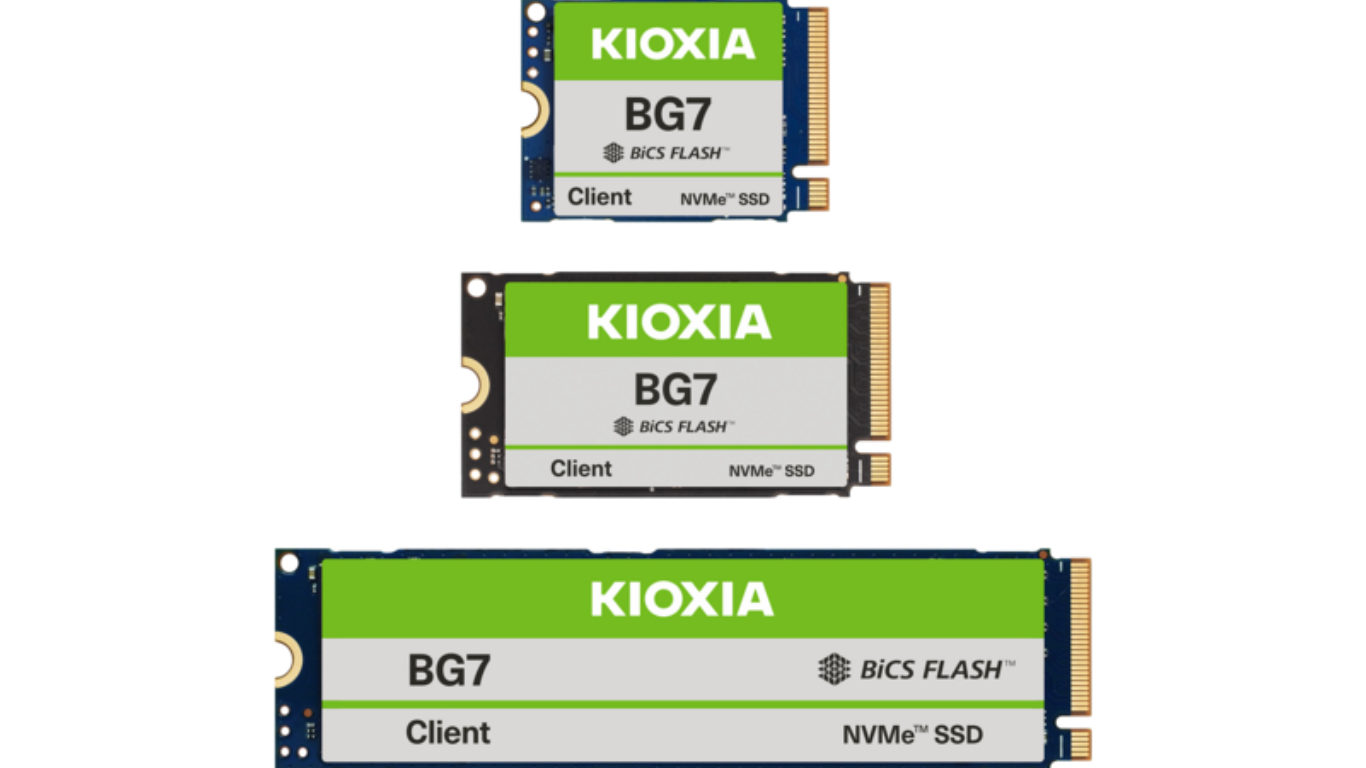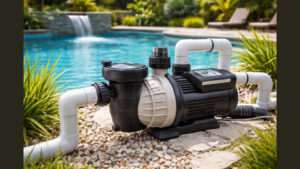Whether you’re printing school reports, work documents, or family photos, printer ink plays a crucial role in delivering sharp, vibrant results. Yet, many people overlook the details that can help them save money, improve quality, and avoid common printing pitfalls.
Understanding how printer ink works and how to choose the right type can make your printing experience more efficient and cost-effective. Below are six key insights to help you become a more informed user.
Ink Types Are Not All the Same
Dye-based and pigment-based inks are the two primary varieties of ink that are utilized in inkjet printers of today. Photos are an excellent use for dye-based inks since they provide colors that are typically rich and vivid.
Inks that are based on pigment, on the other hand, are more resistant to water and fading, which makes them a better choice for papers that will last for a long time—knowing which type of paper your printer supports can impact both the durability and overall quality of your printed materials.
Your Printer Model Dictates Your Cartridge
Each printer model has specially designed cartridges that are made to work exclusively with it. Utilizing the incorrect one can result in subpar performance or cause the printer to become damaged.
Always check the handbook that came with your printer or the label that is on your current cartridge to ensure that it is compatible. As an additional cost-saving solution, several of the more recent printers now come with refillable ink tanks.
Page Yield Is More Important Than You Think
The page yield of a cartridge tells you how many pages you can expect to print before needing a replacement. This varies widely between cartridges and brands. Although high-yield cartridges have a higher initial cost, they can be more economical over time since they need to be replaced less often. It’s a smart metric to consider when evaluating overall ink costs.
Ink Storage and Usage Habits Affect Performance
How you store and use your printer can impact ink longevity. Leaving your printer unused for long periods can cause the ink to dry out, clogging the nozzles. To prevent this, try printing a test page weekly. Also, store cartridges in a cool, dry place and avoid exposure to direct sunlight.
Refillable and Compatible Cartridges Can Save You Money
Many users turn to third-party cartridges to reduce costs. These are available in two types: compatible (brand-new but not made by the original manufacturer) and remanufactured (original cartridges that have been recycled and refurbished). While savings can be significant, quality may vary. If you choose this route, go with a trusted supplier that offers tested products for consistent results.
Ink Efficiency Settings Can Make a Big Difference
Most printers include options that let you adjust ink usage. Selecting draft mode uses less ink and works well for printing non-final or in-house documents. Grayscale printing can also reduce colour ink consumption. By adjusting these settings in your printer’s software, you can stretch your cartridge life without sacrificing usability.
Conclusion
Printer ink may seem like a simple consumable, but it plays a big part in your overall printing experience. With the proper knowledge, you can make smarter decisions about which ink to use, how to store it, and when to replace it, leading to better prints and less waste.
Article received via mail































